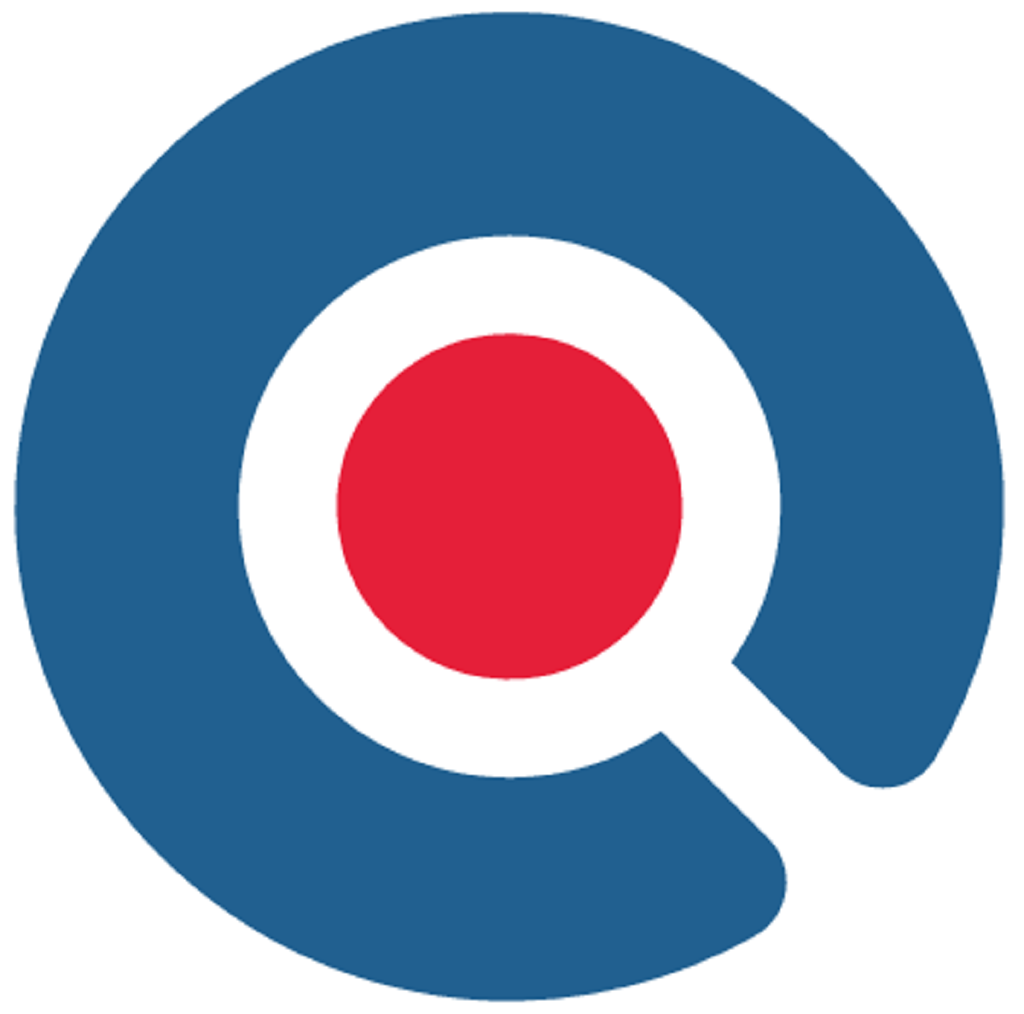The latest research ranks the U.S. as 31st in math literacy out of 79 countries and economies, This is because many American students have challenges solving maths as many of them have a condition known as “mathphobia,” which is the feeling of fear and apprehension that affects their performance.
However, although Singapore maths was initially developed in Singapore in the 1980s to promote students’ problem-solving and critical thinking skills, many countries, including the U.S., have introduced it into their curricula.
Can Singapore maths improve students’ performance in the U.S., and how can schools fully maximize their opportunities? This article provides detailed answers to these questions.
Let’s take a look.
Singapore Maths: Definition
What many countries refer to as “Singapore maths” is addressed simply as “maths” in Singapore. Singapore’s Ministry of Education developed the program in 1982 as a teaching method in the national mathematics curriculum for Singaporean schools.
It was introduced to teach students how to learn and understand mathematics better using a three-step learning process: concrete, pictorial and abstract.
- Concrete Stage: Students learn through practical techniques in the concrete step, including using physical objects to understand a concept.
- Visual Stage: This stage requires students to draw images of a mathematical idea for better understanding.
- Abstract Stage: In this process, students solve mathematical problems using signs and symbols.
How Singapore maths differs from other models
Specific qualities distinguish Singapore maths from its counterparts. Let’s examine them below:
1. It offers a three-step learning method
Singapore maths focuses on students understanding a few mathematical concepts in greater detail. Therefore, it focuses on a three-step learning curve (concrete, pictorial and abstract) for students to gain deep insight into mathematical ideas.
Other western models skip from concrete to abstract or adopt abstract learning only, making it difficult for students to grasp concepts quickly. However, Singapore’s three-step learning process enables more effortless mastery of a topic. This is because students are not allowed to move to the next stage unless they understand the previous level, and for every new process, they can build on prior knowledge to understand the current stage better.
2. It provides strategies that help students learn maths using real-life scenarios
Unlike western learning techniques, Singapore maths improves learners’ capabilities by offering methods that let them visualize and solve maths problems in their heads. For example, when students encounter a math problem, they can picture, analyze and solve it without the aid of physical tools, enhancing their creative thinking. Consequently, they can adapt these skills to identify and solve challenges in real-life scenarios. Also, the simple act of being able to solve maths problems mentally boosts confidence, influencing their approach to life’s issues.
Could Singapore maths be the solution to America’s failing maths scores?
More schools in the U.S. have adopted Singapore’s maths Singapore maths due to its simplified and detailed approach, and it has had high potential impact on American students’ maths scores. Therefore, American students can grasp mathematical concepts faster by shifting from a fast-paced approach to systematic, slow-paced learning.
Slowing down the learning process will help students build a strong foundation around a topic. Additionally, its step-by-step process accommodates students with varying learning styles. For instance, those who learn through images will understand concepts better through the pictorial representation process. Those who work better with abstract ideas will grasp a topic faster with the conceptual process. Consequently, this makes learning accessible, allowing all students to benefit from this approach and improve their scores.
The challenge to Singapore maths in the U.S. and the solution
A significant challenge for adopting Singapore maths in the U.S. requires teachers to be skilled in the methods needed to teach effectively. This means U.S. schools introducing Singapore maths into their curriculum may have to recruit new teachers who have experience in Singapore maths to train students. As a result, they may spend an extra amount on recruitment.
However, U.S. schools can overcome this challenge by upgrading their existing staff skills. Rather than spend additional expenses on recruitment, they can introduce training sessions to improve tutors’ skills. This helps schools to save on resources and upscale teachers’ existing knowledge when introducing Singapore maths to the curriculum.
Conclusion
There are several other mathematical methods, but Singapore maths ranks among the most effective. It allows students to gain in-depth knowledge on topics to perform better in standardized tests and assessments.


